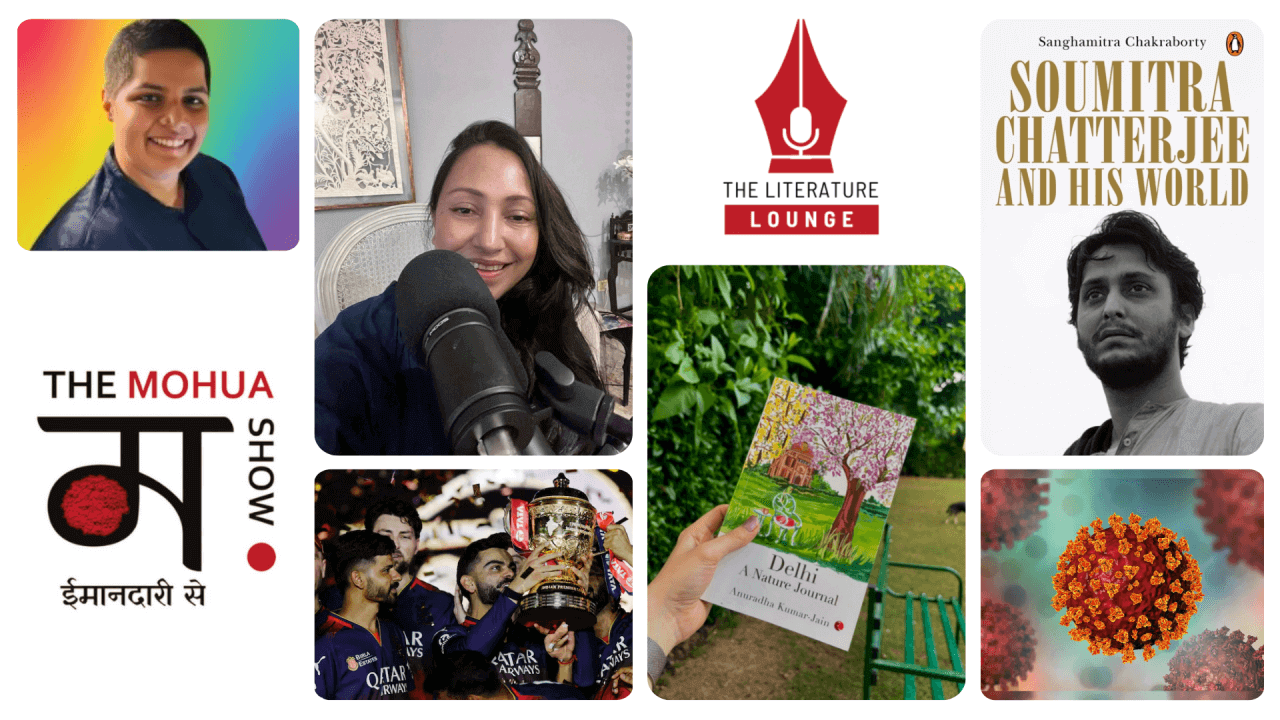Desires Cut Into The Fabric Of Love
My love for good things began very early on. To the utter horror of my middle-class parents, they were worried I wouldn’t ever settle for the mediocre. A factory outfit never made me feel my best, it had to be a bespoke outfit. After much thought and pondering would my tailor add the Kutch mirror work patch or the lace to give my mundane outfit its edge, and make it my statement. The aim was always adding an Indian sensibility over my denim or the check-patterned Kilt.
With this undying need to be always surrounded by beautiful things, it surely was a constant struggle with my limited income. I had that discerning eye for all good things, including my male friends. I wasn’t exactly generous at that choice, but he needed to have more than just good looks to keep my interest going. Most times, I was disappointed so I decided to put my energy into clothing that saluted an art form of India. As usual, most things had to be a cut above the rest. Being raised as a Bengali in Delhi, you are forever struggling between the two identities that you can’t fathom when which one takes over. The constant struggle of being a quintessential Bengali with the cacophony of the Peacock Punjabi. It surely was a sure shot path to schizophrenia. But my love for Rajasthan and it’s arts and crafts is a constant. Till date, it remains a passion that needs regular acknowledgement. Every week four times at least, I wear a Bandhini or a Sanganer print over my jeans, that size hasn’t remained constant. I recall the small store in the early days of fashion-hungry Bangalore at Commercial Street which had RJP, Rohit Bal, Anita Dongre and few more well-known designers. RJP always stole my heart with his fine cotton and minimalist design sensibility.
RJP is famous for his pintuck kurtas and remarkable indigos. I had to attend an elite function at Bombay; a very important second wedding of a friend. I had to look the part, so I choose this black cutwork kurta over a white crinkled skirt to wear for one of the evenings. It was my first Rajesh Pratap Singh ensemble. Cutwork is typically a technique where you cut the fabric, resulting in holes, which is reinforced with embroidery or needle lace. It originates in Italy and is called Punto Tagliato. Renaissance was the period of new things and cutwork began in the 14th, 15th and 16th centuries. And even in the fashion world of today, cutwork is very much prevalent and is also called lace. The hand cutwork is one of the most traditional forms of this art.
As a child, I still recall the sari petticoats that were dried in the sun with cutwork on its edges. Our home linen had cutwork on them. So cutwork was a natural draw to my senses. Senses that were carved from nostalgia and memory. RJP cutwork kurta makes me feel sensual without baring much. The arms on one side have the cutwork that reaches up to my shoulder blades. It fits like a dream and black makes me feel sexy, desirable and shapely. In spite of the PMS bingeing, black is so forgiving. Just like how a gentleman should be. Most women over time stop listening to the voice of their bodies and the need to be cherished. Just as we are flawed or perfect. Because beauty is a factory idea, created by the advertising lobby. Real women have fat and bad moods.
Like great love stories where there is passion, romance and my favourite word called Ishq.RJP with his signature pintuck kurtas and this cutwork design makes me crave for the moonlight on my shoulder blades and my lover finding spaces to kiss away my loneliness between the neatly cut fabric. Exposing just that much and more.





